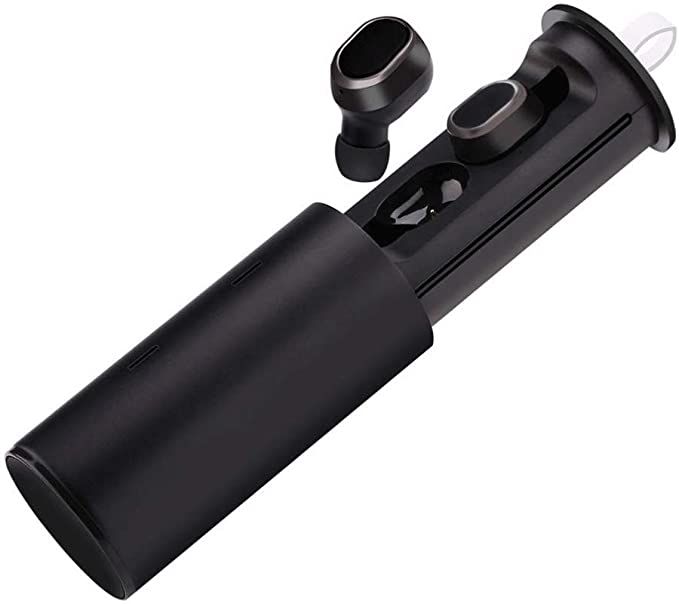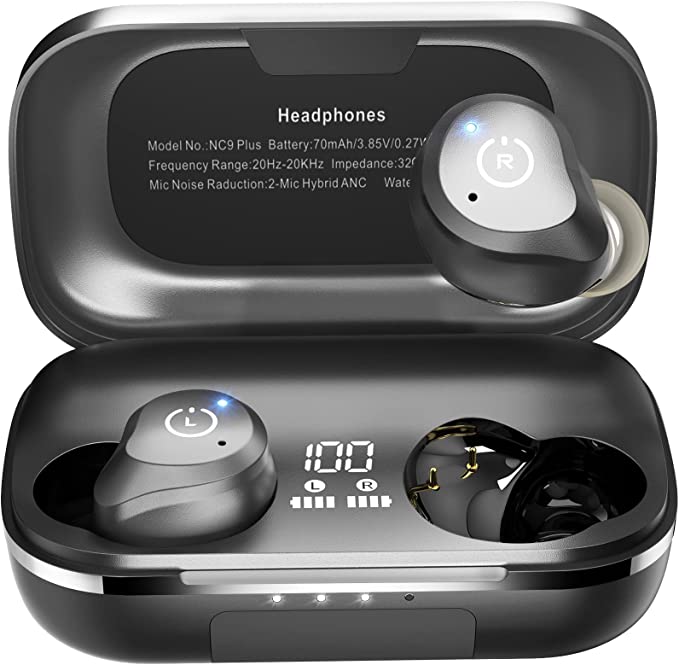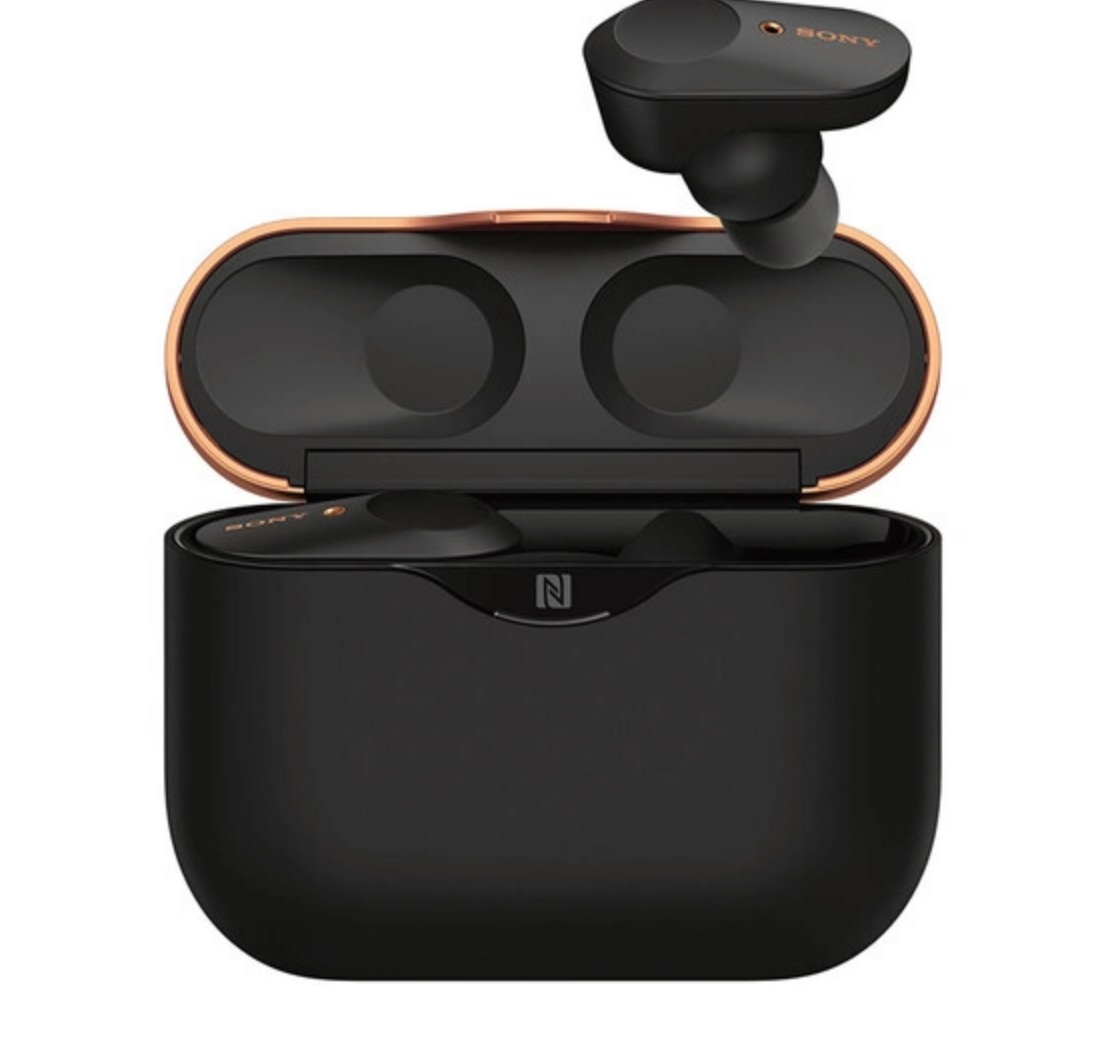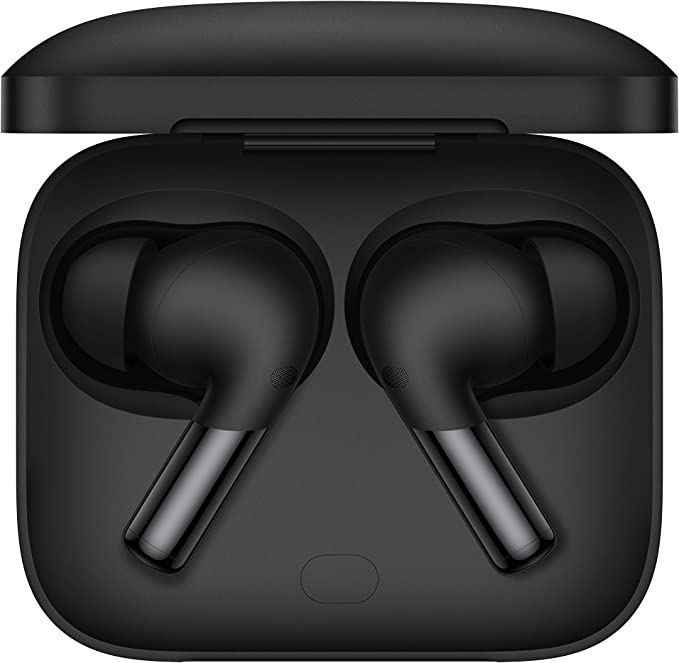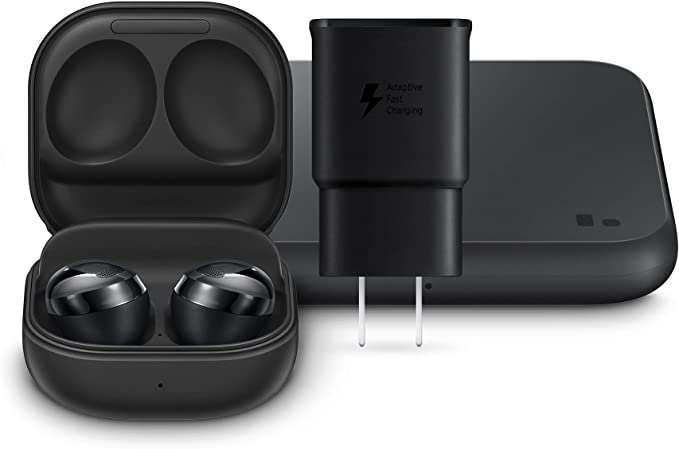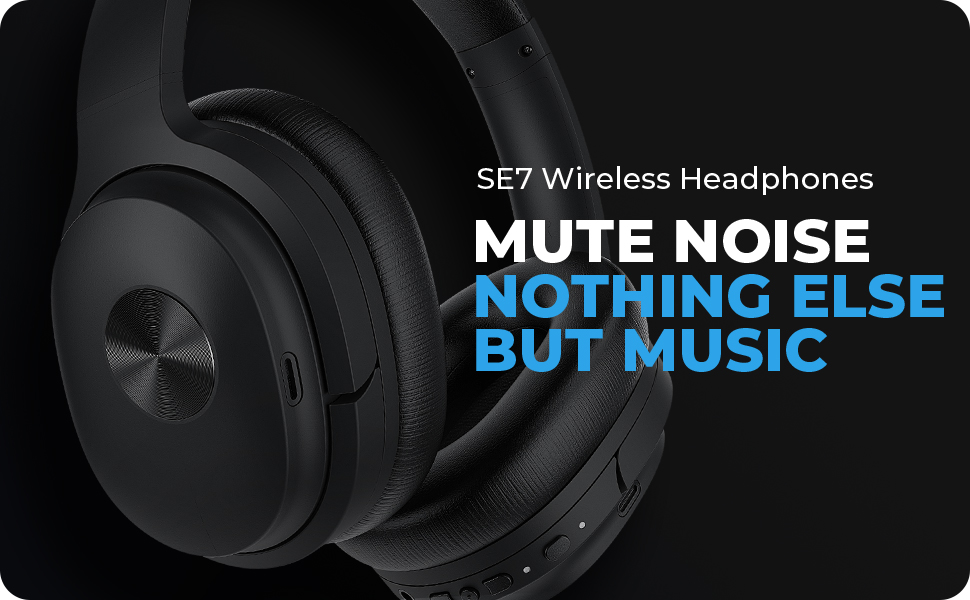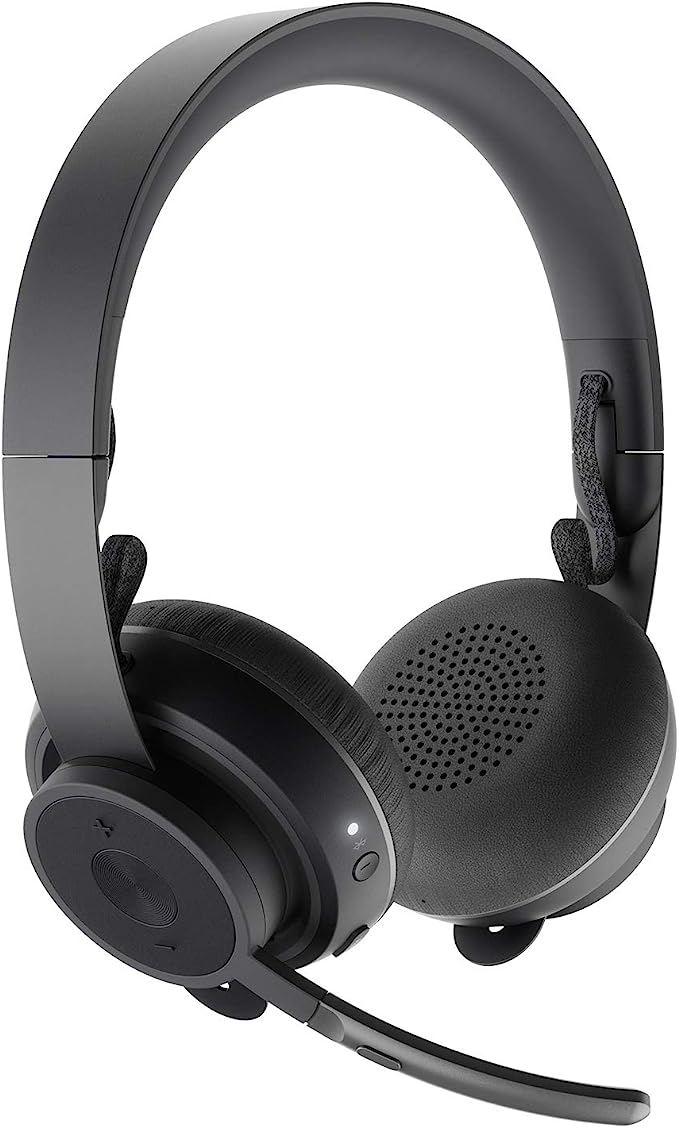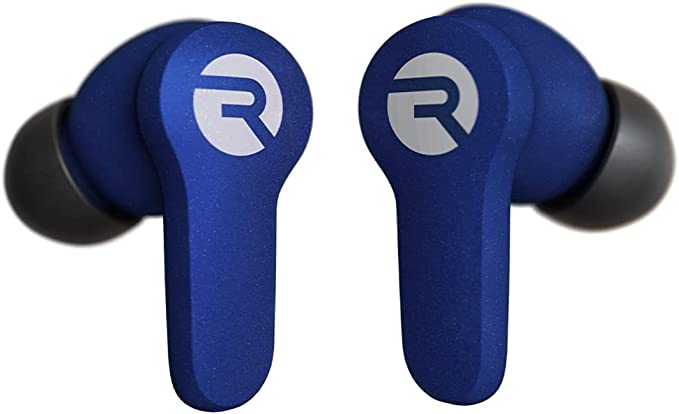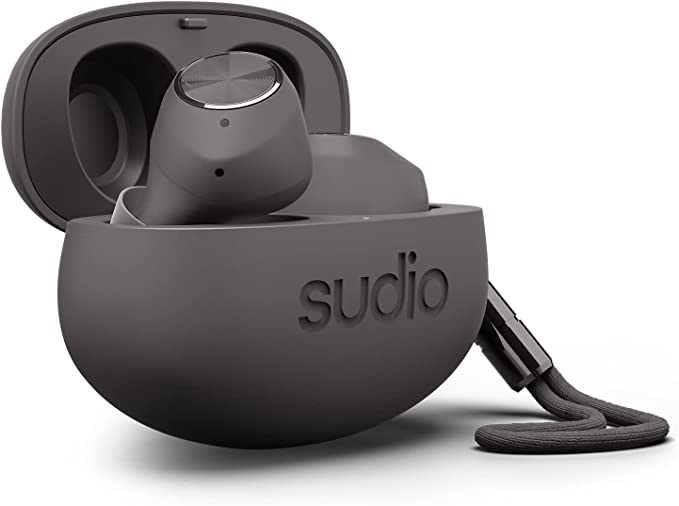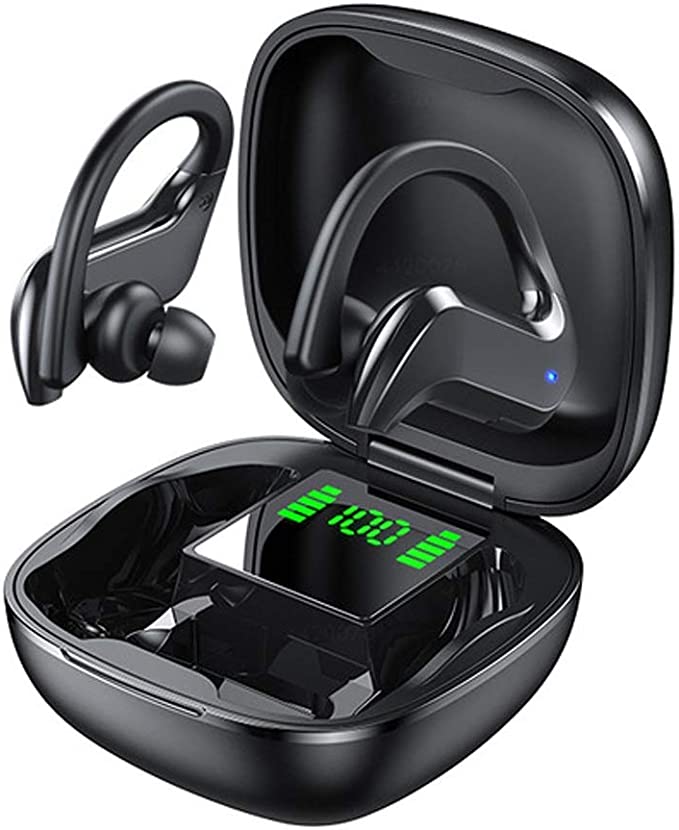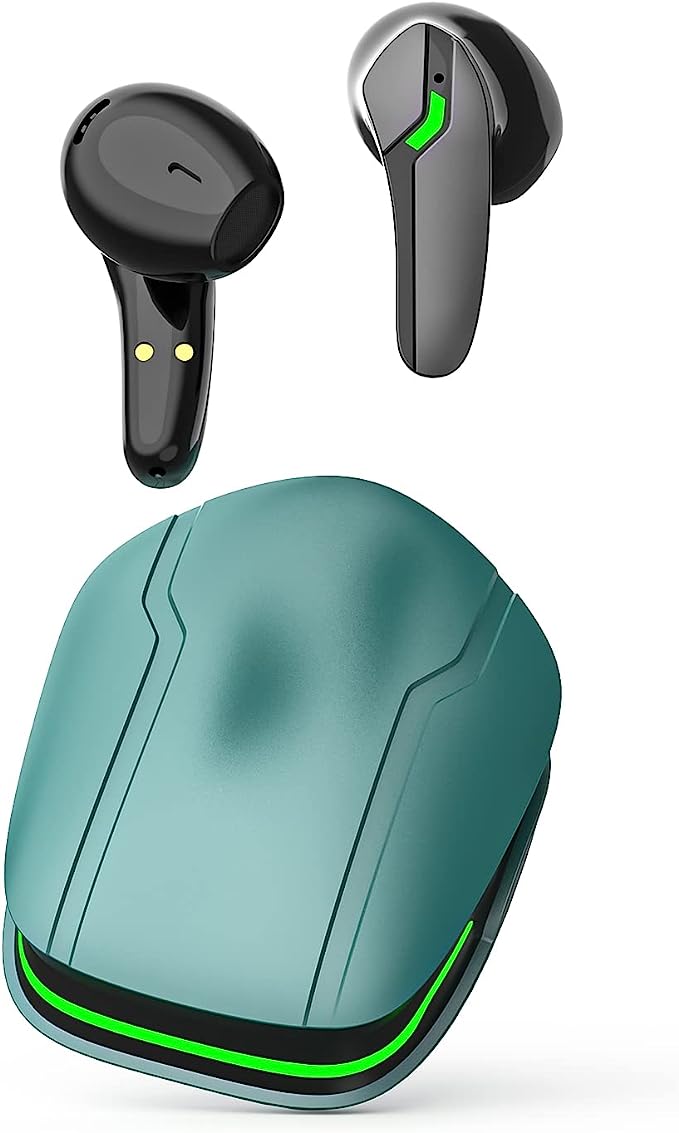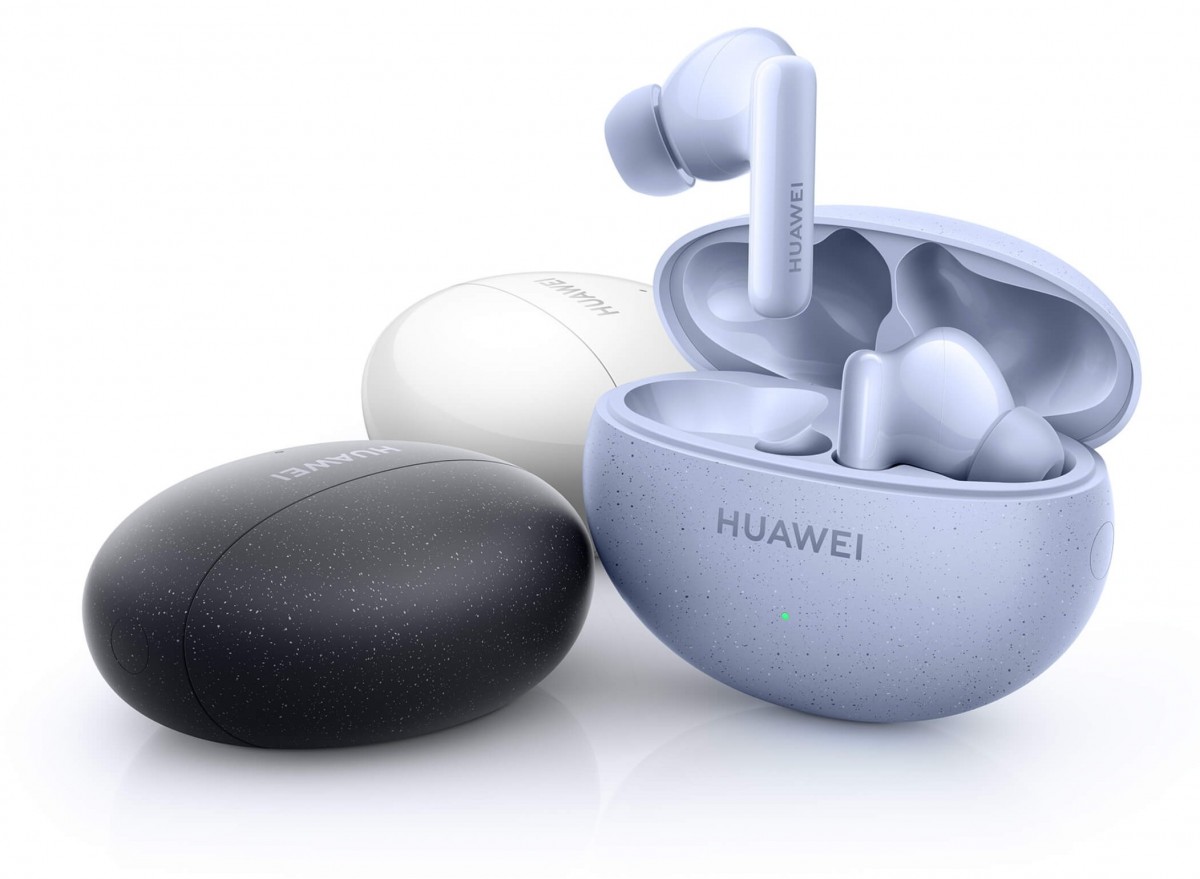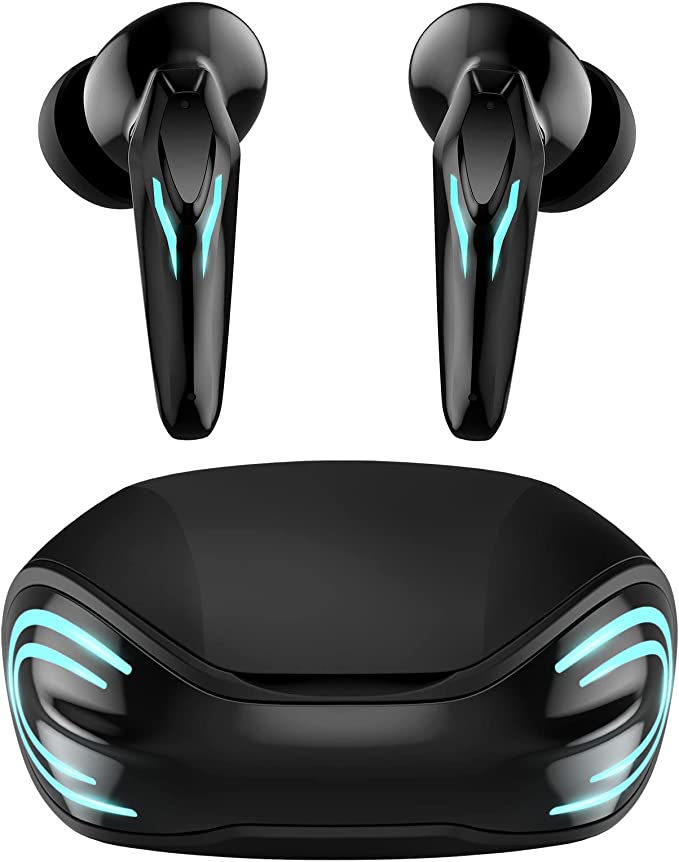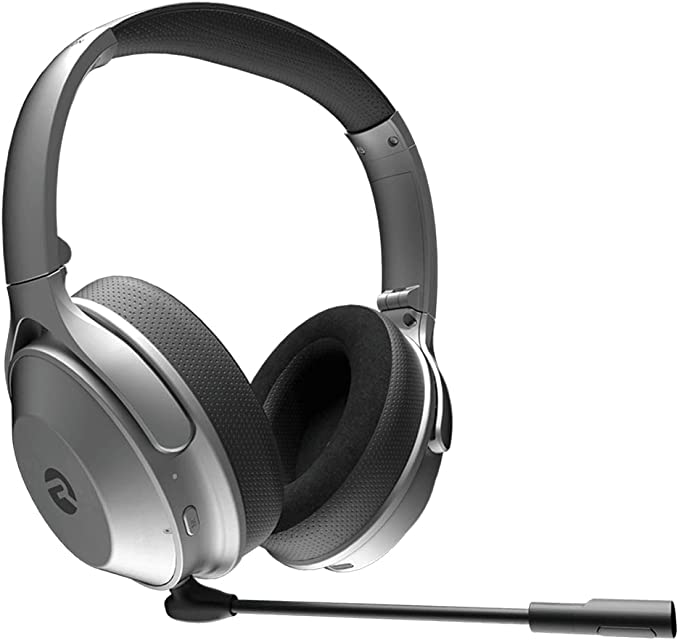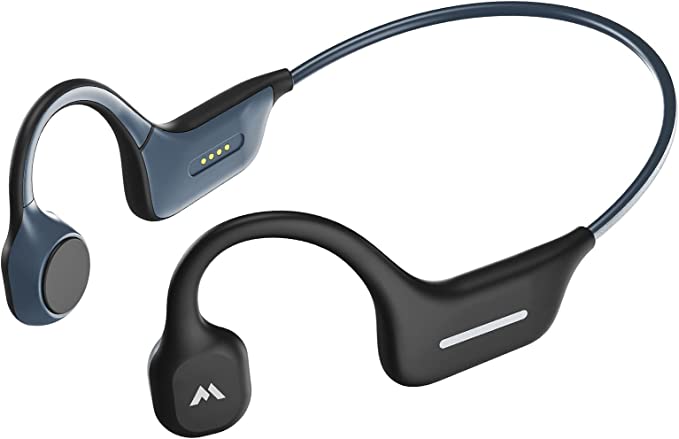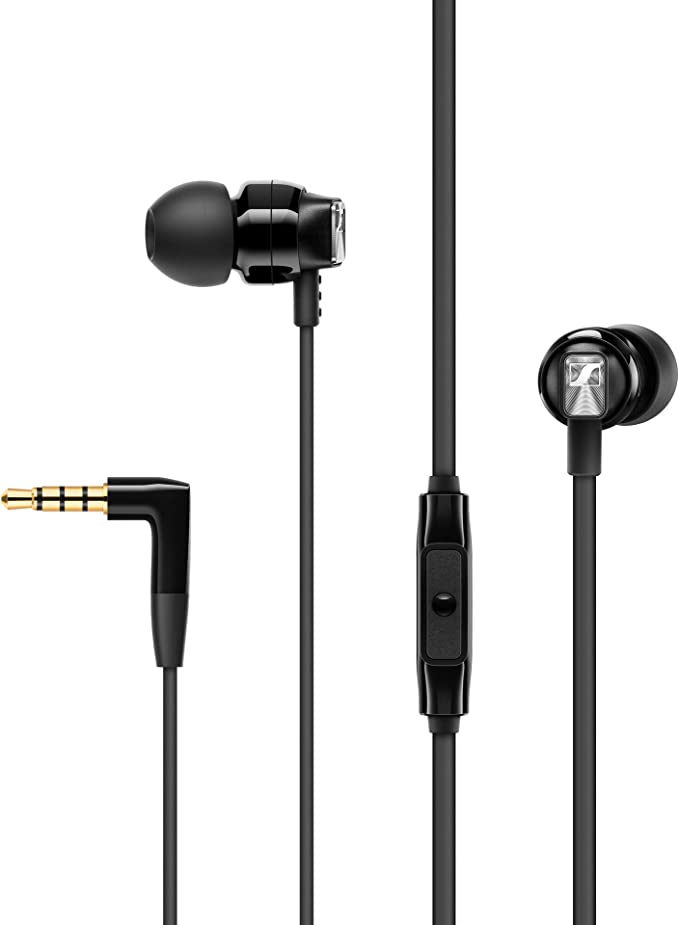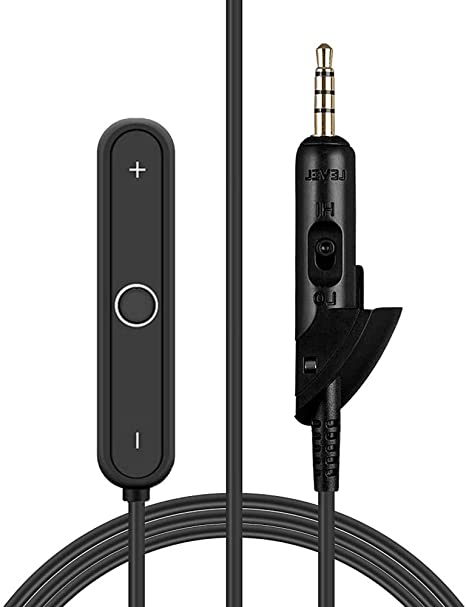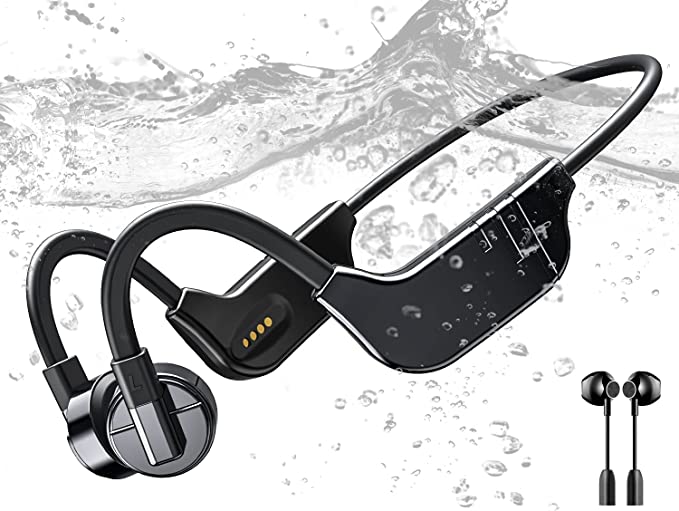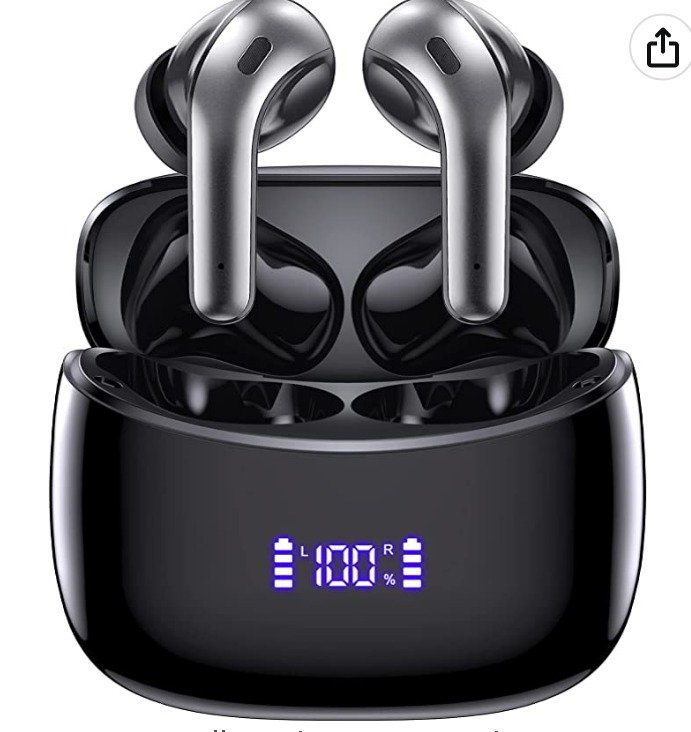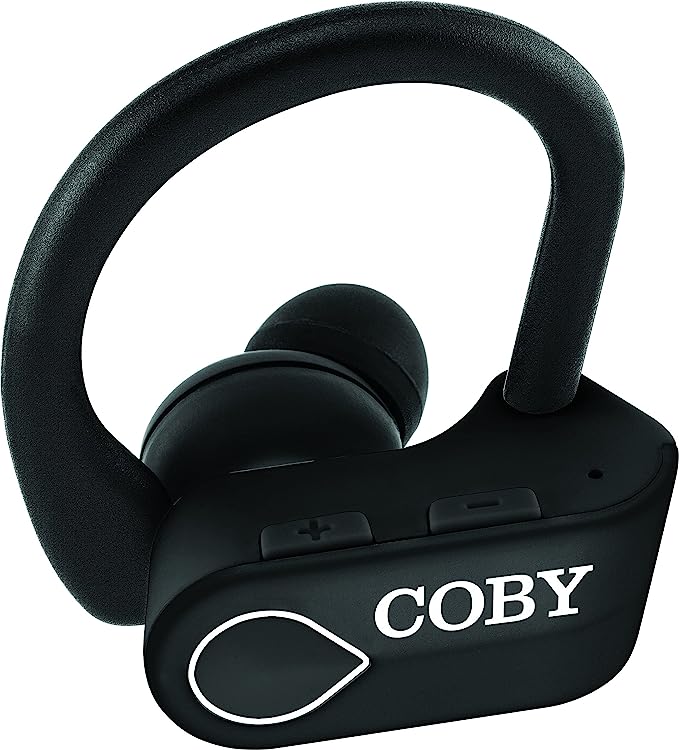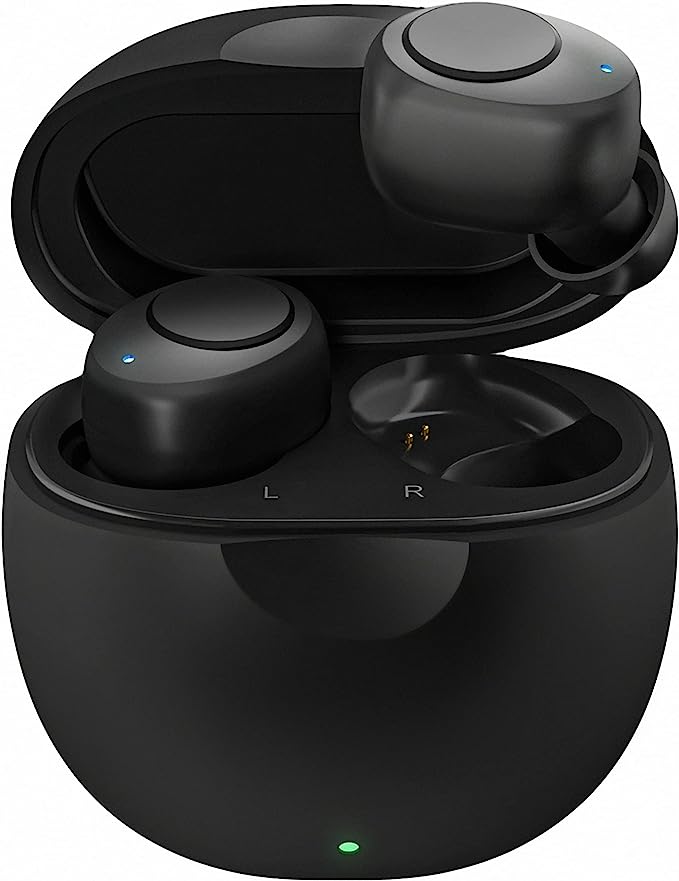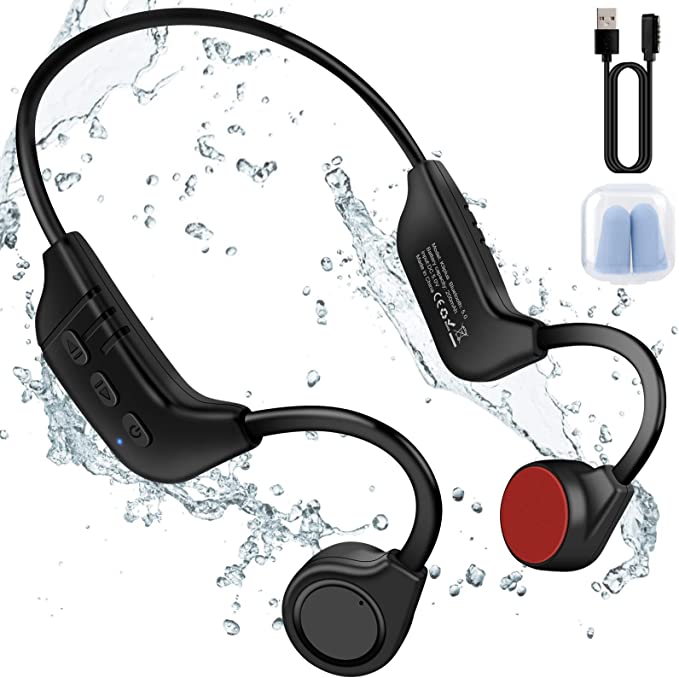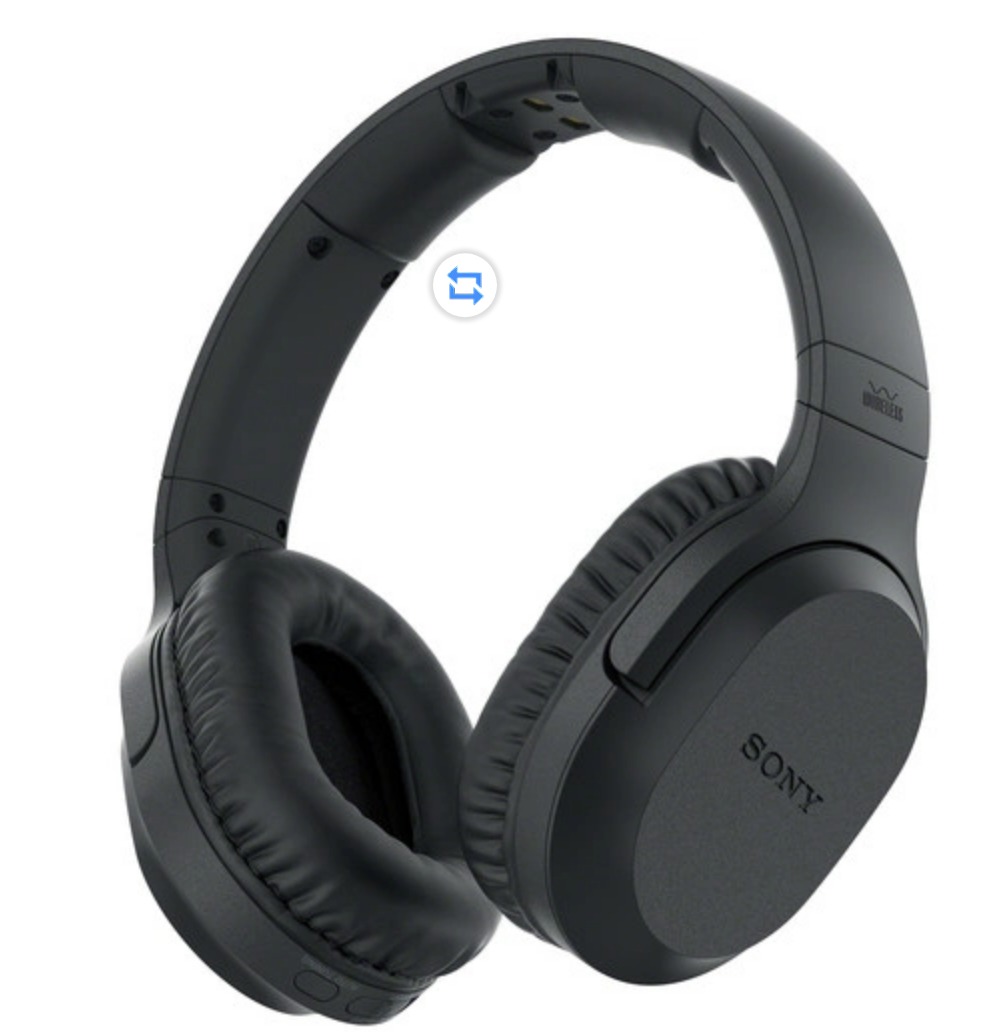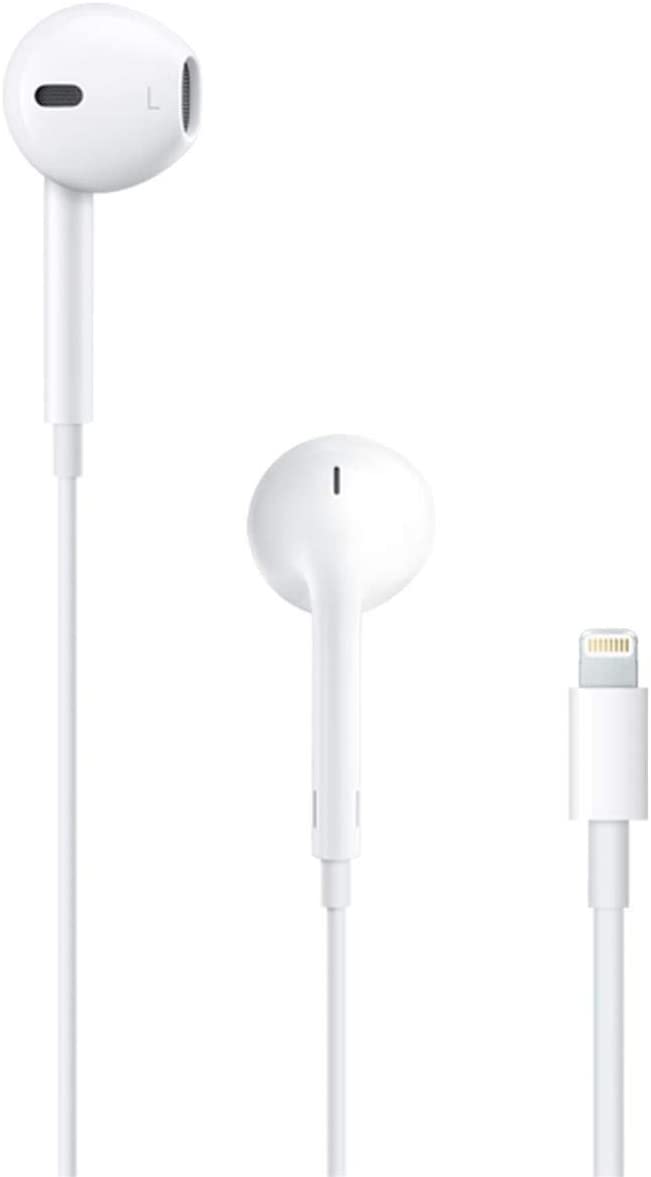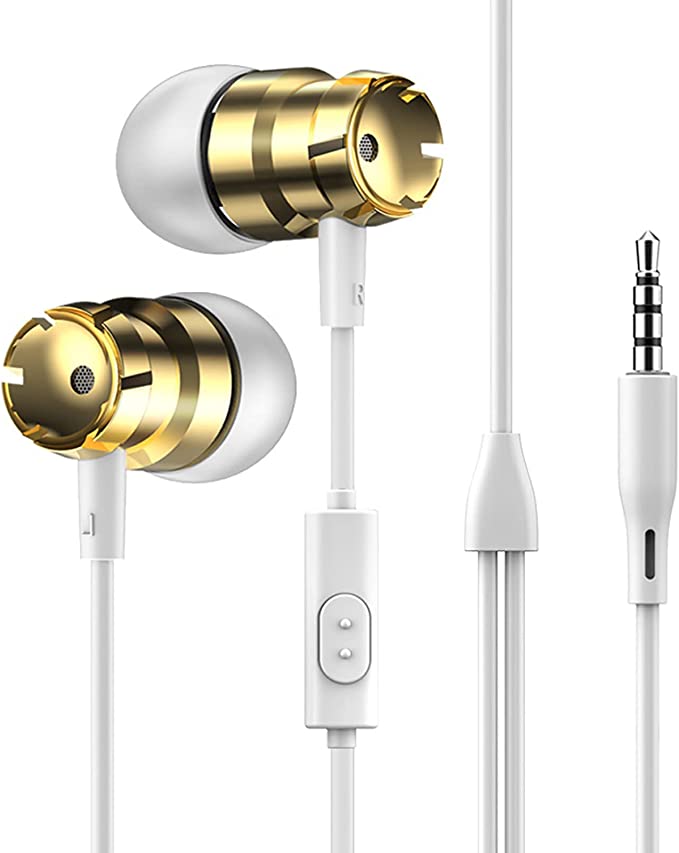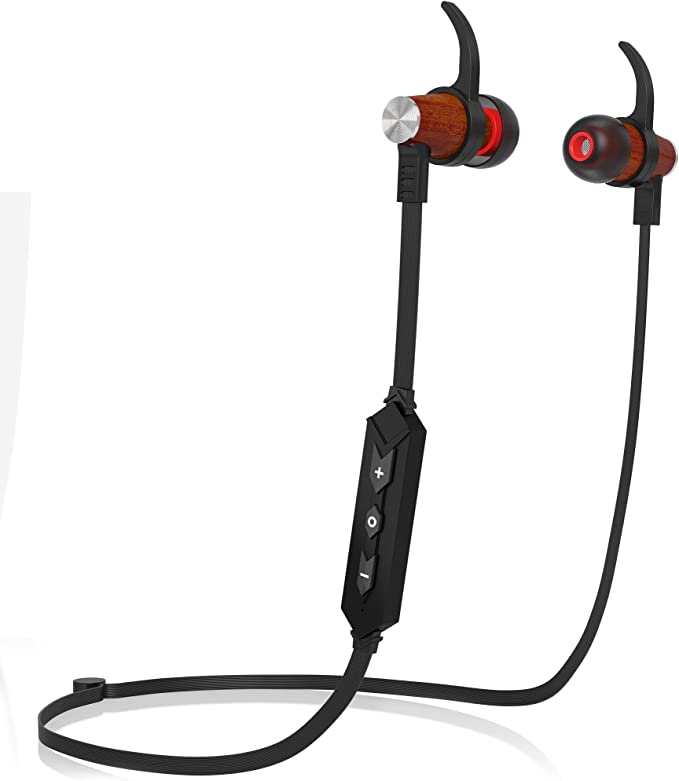HyperX Cloud MIX Buds 2: Immersive Audio Unleashed - Gaming Earbuds with Hybrid ANC and Ultra-Low Latency
Update on Aug. 4, 2025, 11:05 a.m.
There’s a generation that remembers the ritual. The careful untangling of headphone wires, a daily puzzle of knots and loops. The physical tether to a Walkman or a Discman was the price of admission to a private soundscape. When the first whispers of Bluetooth arrived at the turn of the millennium, they promised a revolution: freedom from the tyranny of the 3.5mm jack. But early liberation was fraught with compromise. The audio would skip, crackle, and, most damningly, lag. We had cut the cord, only to introduce a new, invisible chain: the delay between seeing and hearing. This is the story of the decades-long engineering quest to break that chain, a journey that has culminated in the sophisticated technology packed into devices as compact as the HyperX Cloud Mix Buds 2.

The Ghost in the Machine: Chasing Instantaneous Sound
For most listening, a slight delay is trivial. But in the world of interactive entertainment, it’s a fatal flaw. In a rhythm game, it’s the difference between a perfect score and failure. In a competitive shooter, the sound of a footstep arriving a fraction of a second late is a death sentence. Early Bluetooth, designed for convenience over performance, simply couldn’t keep up. Its protocol, built for hopping across frequencies to avoid interference in the crowded 2.4GHz public spectrum, introduced an unavoidable latency. It was like taking city buses during rush hour—you’d get there eventually, but never with predictable speed.
The solution required a different philosophy. Engineers carved out a private lane on that same radio frequency highway. This is the principle behind the dedicated 2.4GHz wireless dongle. Instead of navigating the complex, multi-device handshake of Bluetooth, a dongle creates a direct, unwavering point-to-point connection between the device and the earbuds. This private channel minimizes processing and transmission overhead, slashing the round-trip time for audio. It’s how modern gaming peripherals can claim latency figures as low as 20 milliseconds, a duration so short it becomes imperceptible to the human brain, effectively restoring the instantaneous link that wires once provided. It’s a deliberate trade-off, sacrificing the universal connectivity of Bluetooth for the raw, uncompromised speed demanded by gamers.

Crafting Silence from Chaos
Long before we sought to perfect sound, we sought to escape it. The origin of this quest is a now-legendary tale from a 1978 transatlantic flight. Dr. Amar Bose, frustrated by his inability to enjoy the in-flight audio over the roar of the jet engines, sketched out the fundamental mathematics for Active Noise Cancellation on a napkin. The physics is at once simple and profound: sound travels as a wave of pressure. If you can generate an identical wave that is perfectly out of phase—a mirror image, with every peak matching a trough—the two waves will cancel each other out. This is called destructive interference.
The first noise-canceling headsets, bulky and power-hungry, were built for aviation professionals. It took decades of miniaturization for the technology to reach the consumer. The modern implementation, known as Hybrid Active Noise Cancellation, is a marvel of this evolution. It employs a two-front attack. A “feedforward” microphone on the outside of the earbud listens to the world, identifying ambient noise before it even reaches the ear. Simultaneously, a “feedback” microphone on the inside listens for any sound that has leaked past the physical seal. A processor takes in both streams of data, creating a precise anti-noise signal that erases a vast swath of the surrounding soundscape. It doesn’t create absolute silence, but it achieves something more important in the realm of psychoacoustics: a clean, uncluttered canvas upon which your audio can be painted.

The Quiet Revolution: Doing More with Less
For years, the Achilles’ heel of wireless audio was efficiency. More data for better sound quality meant more power, which meant larger batteries or shorter listening times. The universal language of Bluetooth audio was a codec called SBC (Low Complexity Subband Codec), a jack-of-all-trades but a master of none. It was the technological equivalent of a heavily compressed JPEG image—functional, but with noticeable artifacts.
The true breakthrough came with a complete rethinking of the Bluetooth standard itself, culminating in Bluetooth LE Audio. At its heart is a new, far more intelligent language: the LC3 codec. LC3 is a master of efficiency. It uses advanced psychoacoustic models to cleverly discard audio data that the human ear is least likely to miss, allowing it to deliver sound that is perceived as higher quality than SBC, all while using significantly less data.
This leap in efficiency has a direct, tangible benefit: battery life. By reducing the energy needed for high-quality audio transmission, engineers can either shrink batteries for smaller devices or dramatically extend runtime. It is this quiet revolution in software that allows a tiny earbud to house a powerful processor for ANC and a high-speed radio, yet still claim a total listening time, with its case, of up to 26 hours—a figure once unimaginable for a device of its size.

The Confluence in Your Ear
Today, a single wireless earbud represents a convergence of these parallel evolutionary tracks. It contains the legacy of the quest for speed, the pursuit of silence, and the revolution in efficiency. Even the microphones, once an afterthought, are feats of engineering, using beamforming techniques to create a sonic spotlight that focuses on a user’s voice while rejecting surrounding noise.
To hold a modern wireless earbud is to hold a pocket-sized monument to decades of problem-solving. It’s the answer to the tangled wires of the Walkman, a solution to the lag that plagued early gamers, and a fulfillment of the promise of a truly personal, untethered soundscape. The challenges of the past have been met, creating a seamless experience that allows us to simply listen, unaware of the complex dance of physics and code happening in the space of a few cubic centimeters. The silence, the clarity, and the immediacy we now take for granted were hard-won, marking not an end to audio innovation, but simply the starting line for the next set of challenges to overcome.
